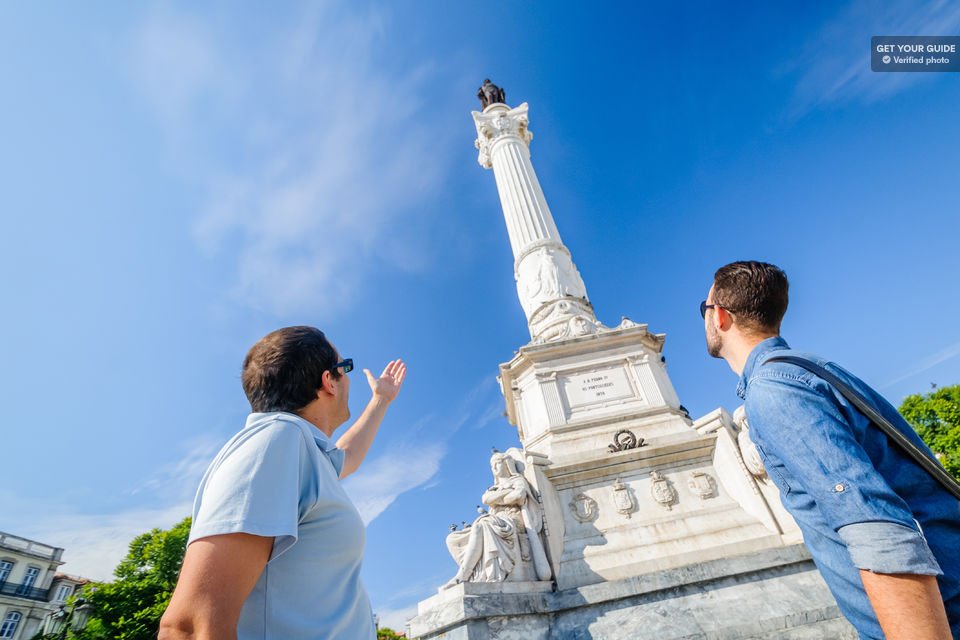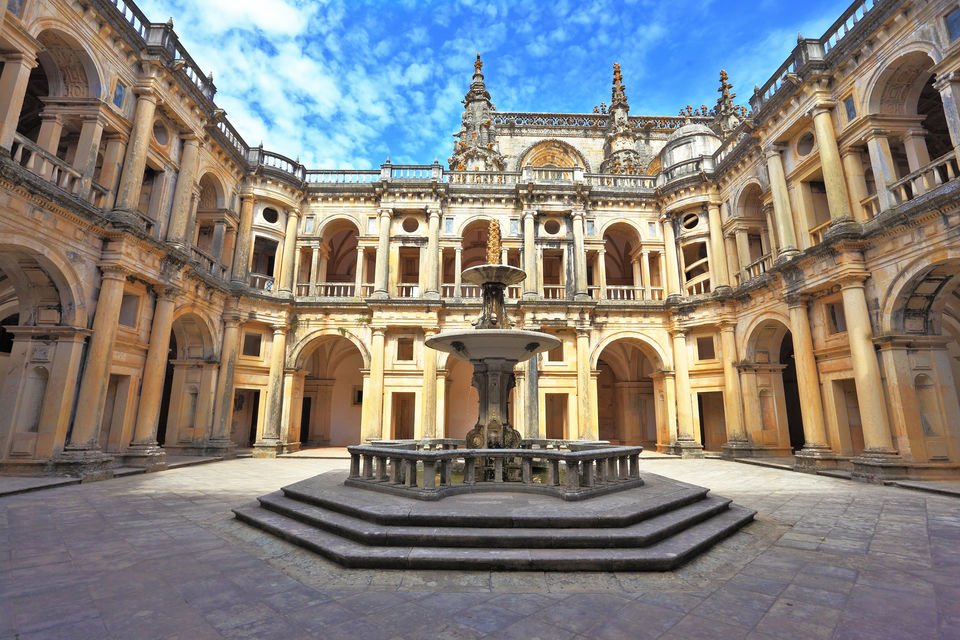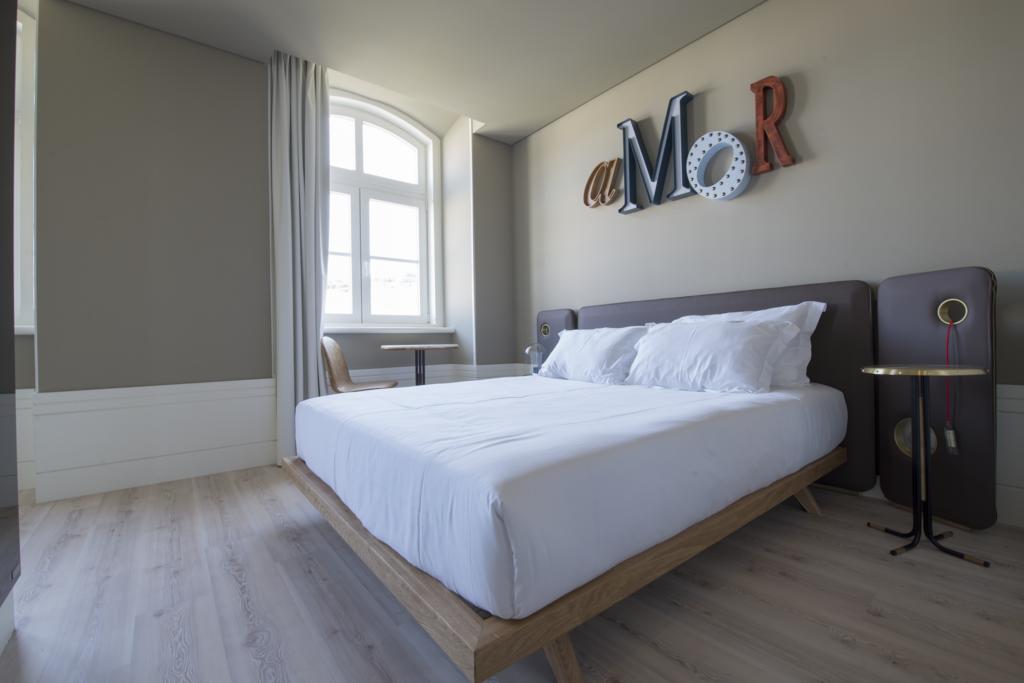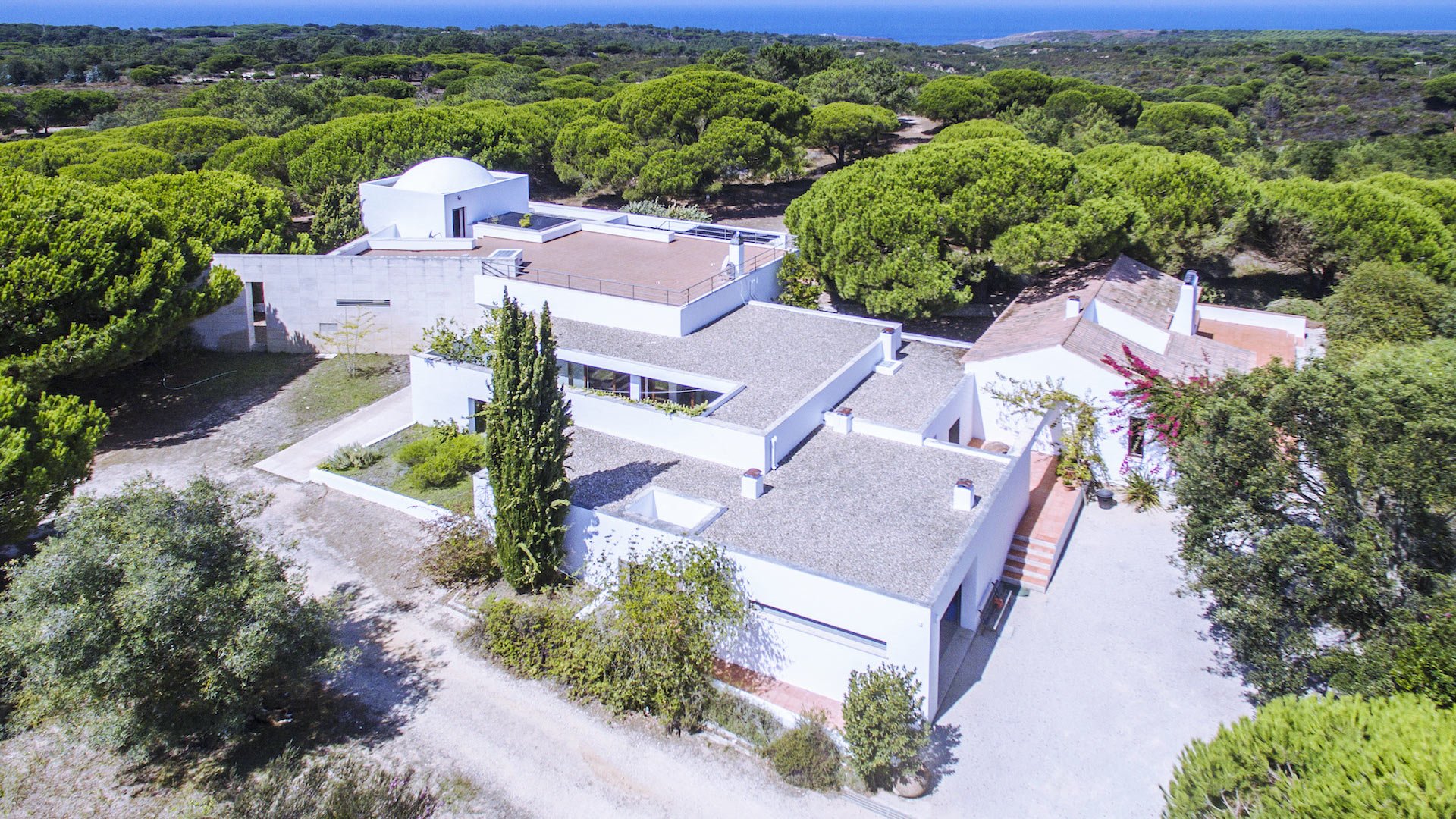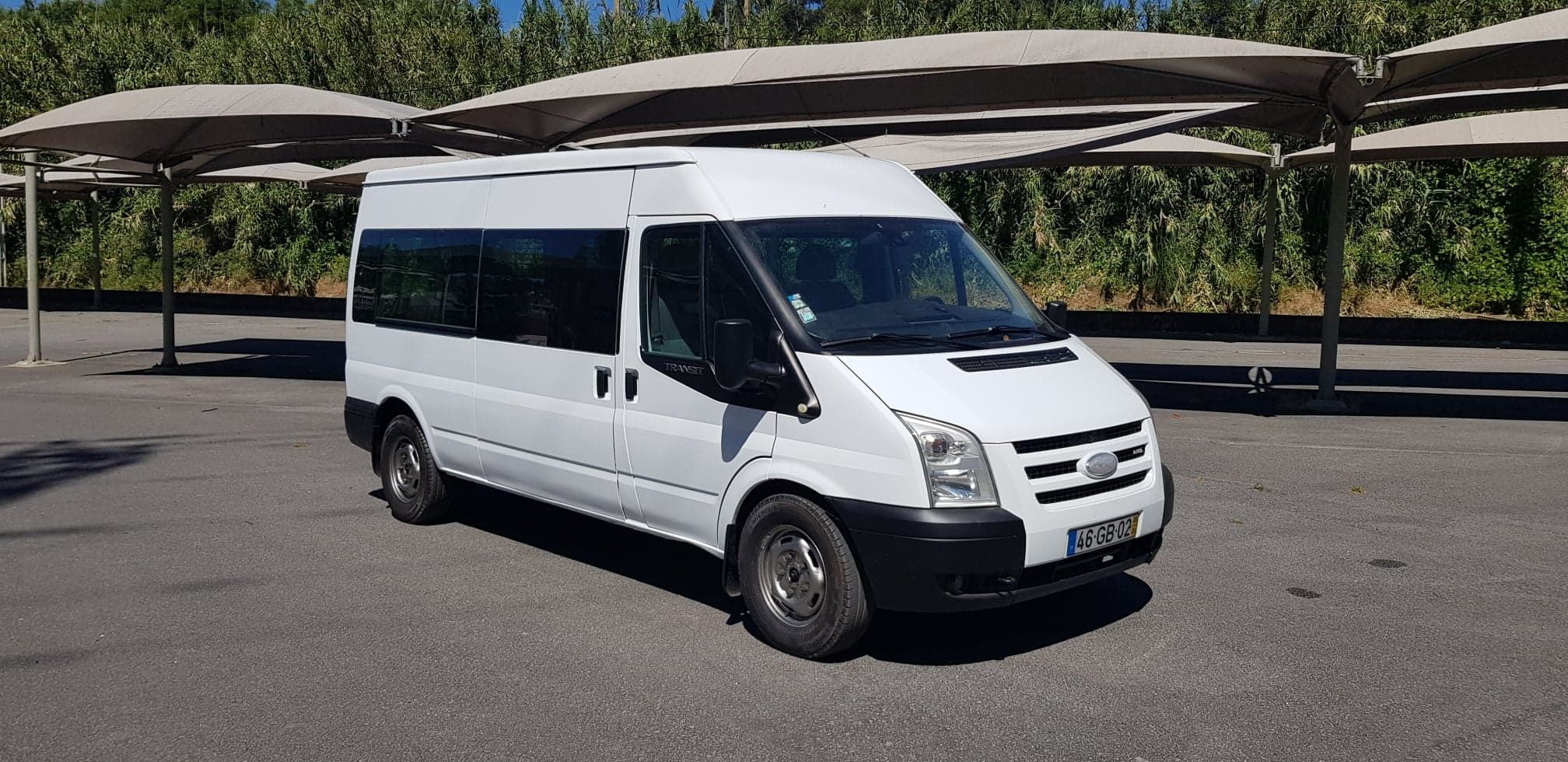Visit of Fatima in Portugal
Fatima is a small town, a world-renowned Christian centre, located 120 km north of Lisbon. Once upon a time, Fatima was a rugged desert region with a few trees, where shepherds and farmers met from time to time, cultivating small plots of land behind low stone walls.
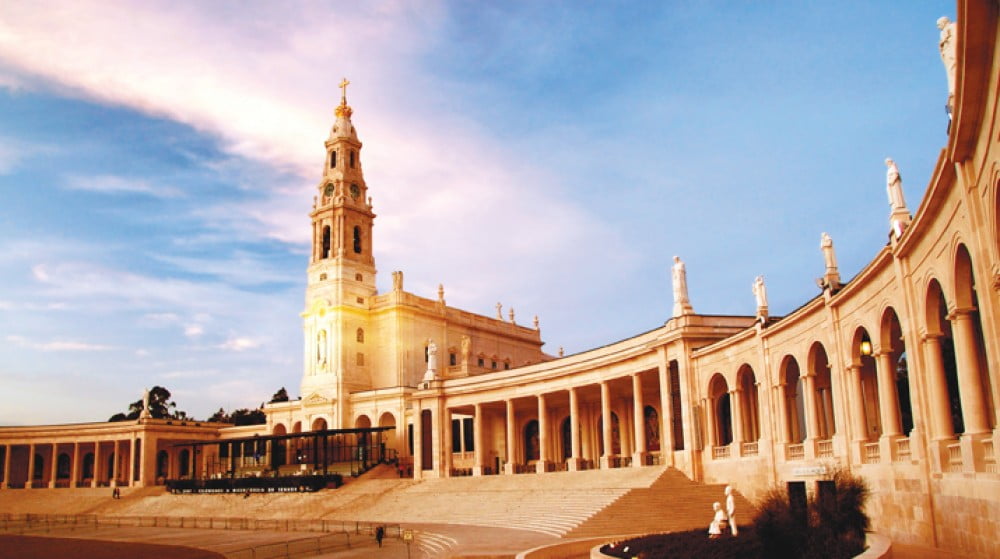
Fatima became world-famous and became one of the most frequented Christian pilgrimage centres due to the apparition of the Virgin Mary in 1917 to three Portuguese shepherd’s children – Lucia dos Santos, her cousin Jacinta and her brother Francisco. The Virgin Mary appeared to the children for six months and predicted the future events of the 20th century.
In Fatima you can see the majestic basilica, built in neo-baroque style and framed by an esplanade. An enormous oak tree has been preserved: it is here that the Virgin Mary appeared to the three little shepherds. In a wide area in front of the basilica there is a path along which the believers walk on their knees. In the glass chapel-temple built on the site of Fatima you can see the statue of the Virgin Mary.
There are hospitals on either side of the Basilica of Fatima. The main street, named after one of the three children (Francisco Martha), starts from Fatima Square. Religious souvenir shops, museums and hotels line this street from north to south.
Every year on 13 May and 13 October, thousands of pilgrims come here to celebrate the anniversary of the miraculous event of Fatima in Portugal.
There are few places in Europe that have as much meaning for Christians as the shrines of Fatima. By coming here, you will be able to better understand the religious culture of Portugal. Pilgrims, in their thousands, travel to Cova da Iria, a place only two kilometres from the centre of Fatima, east of the A1 motorway. In the vicinity of the city you will find several other motorways, including the Correia da Silva motorway, which has a bus station and a tourist office. There are many hotels and restaurants in Fatima, as well as other tourist facilities designed to serve all these visitors. From window displays, passers-by “look” at statues of the Virgin Mary and busts of the Pope of Rome.
Visit Fatima and Cova da Iria
To visit Fatima or Cova da Iria, I propose two solutions that could all suit you and allow you to discover this region of Portugal better than anyone else.
Your first option is to hire a company that specializes in guided tours. These guided tours of Fatima will probably be done in groups but will allow you to discover all the wonders of the city of Fatima, the religious monuments of Cova da Iria and to be able to join the thousands of pilgrims who visit the city every year. I have selected for you below the guided tours of Fatima that have received the best marks and comments from specialists in the field, so that you will not make a mistake in your choice. The tours are conducted by English-speaking guides, often specialists in the field they present, and can be cancelled up to 24 hours in advance: you can therefore book your visit to Fatima with your eyes closed.
Hotels in Fatima
Given the worldwide fame of this city in Portugal and the number of visitors that rush there every year, it is important to book a hotel in Fatima as soon as possible.
The map above shows you the hotels in Cova da Iria, which is two kilometres from Fatima and is the location of all the monuments you wish to visit.
What to see in Fatima
By presenting here what to see in Fatima, I want to say of course that seeing in Cova da Iria which is actually the place you will visit and to which you will find all the most impressive religious monuments. Find below the main religious monuments to visit in Fatima and which attract millions of pilgrims every year from Europe and around the world.
Sanctuary of Our Lady of Fatima
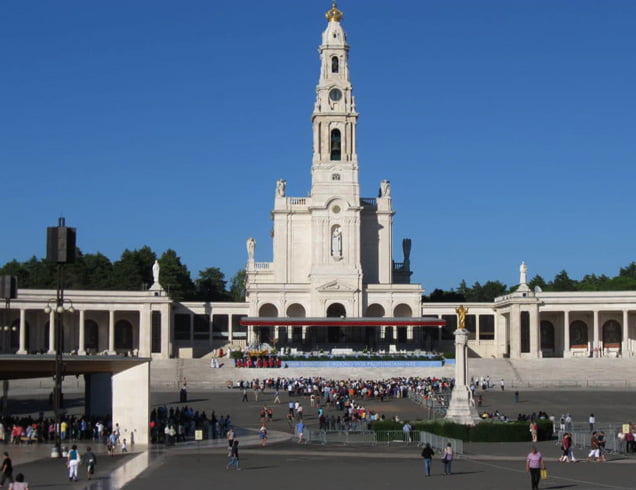
The Sanctuary of Our Lady of Fatima is an absolutely magnificent complex of architectural structures that includes a small chapel and the Basilica of the Virgin Mary. It is an area where more than 150,000 people can gather at one time, which gives you an idea of its great size.
The construction of the church began in the late 1920s of the 19th century. The building itself was not very large, but as the demand and importance of pilgrim gatherings in Fatima grew, the outline was enlarged so that more people could gather there.
Church of the Holy Trinity in Fatima
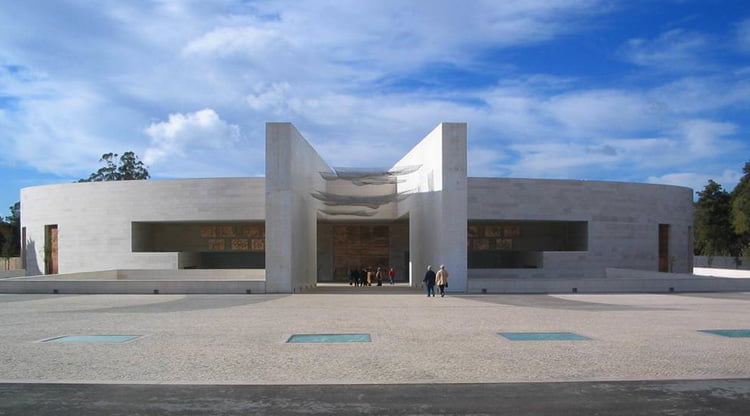
The church is considered to be one of the largest in the world in terms of total interior area (over 10,000 square meters). The construction has been completed since 2004 for three years. The inauguration took place 90 years after the Blessed Virgin Mary met with children.
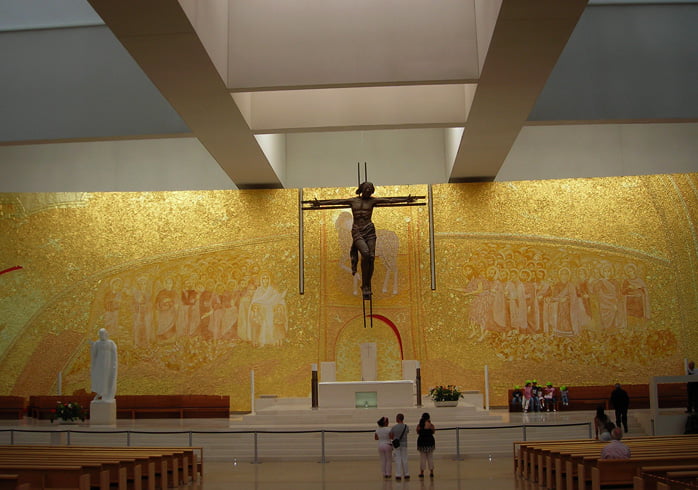
In the interior corridors there are resting places for believers, a cafeteria, about fifty confessional rooms and several chapels.
We should also mention the design of the walls. In addition to the beautiful mosaic, the walls are decorated with words from the Bible, translated into more than 20 languages.
Chapel of the Apparitions of the Virgin Mary at Fatima
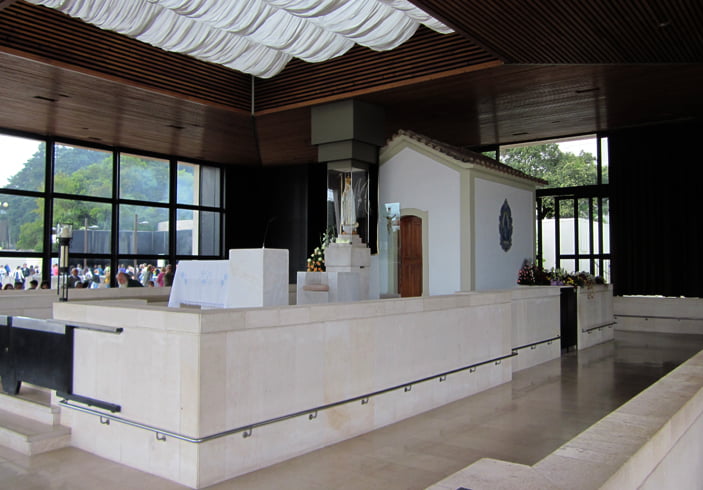
The chapel was built in 1919 on the place where the children met the Virgin Mary. A few years later the chapel was destroyed. The decision of the local authorities was to restore the chapel.
The children met the Mother of God on May 13 for the first time. Therefore, this day is traditionally celebrated as the anniversary of the event. A large number of pilgrims come to Fatima and the Chapel of the Apparition of the Virgin Mary becomes the most visited place in the city.
Statue of John Paul II in Fatima
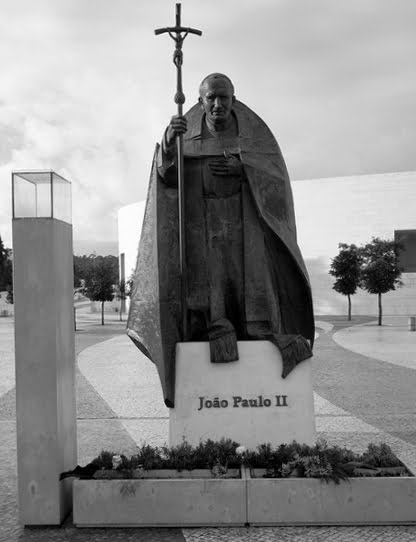
The perfectly executed sculpture of John Paul II is located next to the “new” Basilica of the Holy Trinity in Fatima. The sculpture is very beautiful and pleasant to look at. It is thought that John Paul II may have been part of the third prophecy of the Virgin Mary.
In 1981 in the Italian capital, the pope was shot. The wound was not fatal because at the time of the shooting he reportedly saw a girl in the crowd with the image of Our Lady of Fatima in her hands and therefore turned slightly.
Fatima Wax Museum
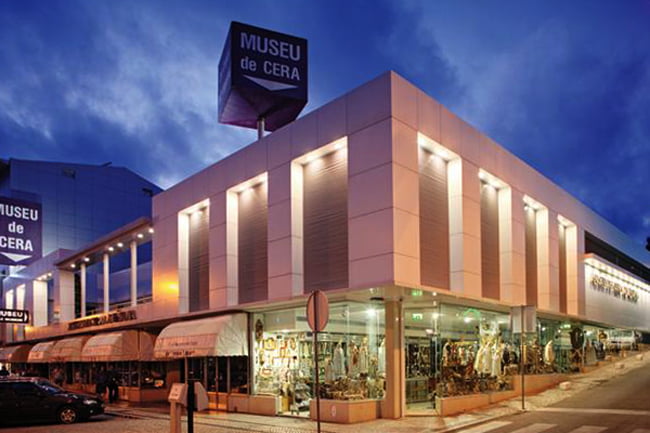
Visiting the Wax Museum of Fatima is an excellent opportunity not only to appreciate the talent and skill of the artists who worked on the creation of the exhibitions but also to recall a little bit of the history of the city. The idea of the Wax Museum of Fatima and its creation appeared at the beginning of the 80s of the last century.
In 1984, the doors of the Wax Museum of Fatima were opened for the first visitors. The main idea was to present the most significant and important historical events related to religious themes. You can see scenes dedicated to children’s encounters with the Virgin Mary, the figures of many famous inhabitants and other interesting exhibits.
Ethnographic House-Museum of Aljustrel in Fatima

On the very outskirts of the town of Fatima is a small village. It is here that the children were born who in 1917 met the Blessed Virgin Mary for the first time. The museum is a small house that contains various exhibitions about the “Miracle of Fatima”, as well as tools and objects from peasant life. On the walls you can see many paintings, which describe the life of the village before and after the apparition of the Virgin.
Visiting the courtyard, you can get acquainted with ancient equipment and trades such as blacksmiths or ovens to discover all the equipment and the real work place of the master mason.
Restaurant Ponto de Encontro in Fatima
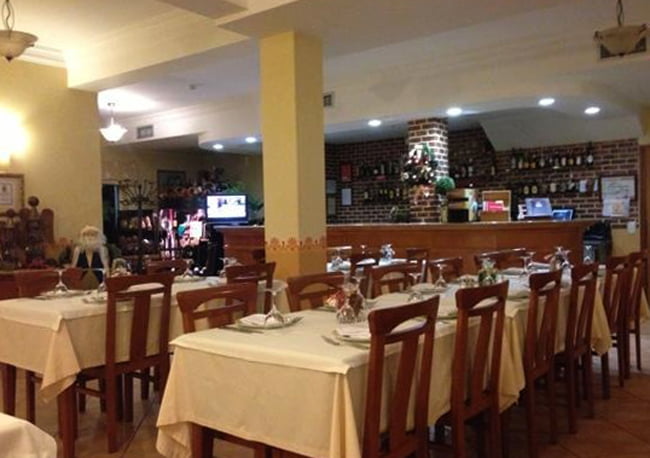
The restaurant “Ponto de Encontro” in Fatima (port. Ponto de Encontro) is the restaurant of Fatima. There are of course many others, but this one is particularly popular with tourists and locals alike. Thanks to the spacious and comfortable rooms, this “meeting place” is often reserved for weddings and other celebrations.
The menu consists mainly of meat dishes. The calling card of the establishment is grilled meat. It is all the more worthwhile as several dishes are prepared according to old Portuguese recipes.
Lucia’s house in Fatima

Lucia was the mother of one of the three children who met the Blessed Virgin Mary. Her house has been turned into a museum where the attributes of peasant life are displayed.
Ouram’s Dinosaur footprints in Fatima
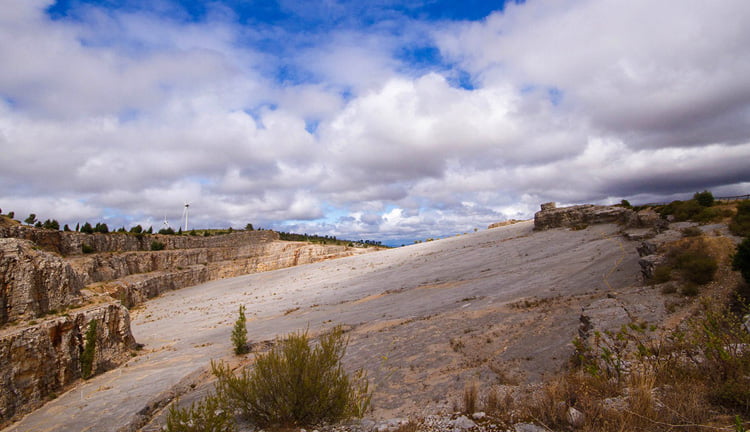
The conservation area is a little far from the town of Fatima. In this place, in the mid-1990s of the last century, dinosaur footprints were discovered. Thanks to the petition of the National Museum of Natural History, the area where the tracks were found was given the status of a natural monument. In the spring of 1997, this emblem became accessible to everyone.
History of Fatima in Portugal
Many years ago, on May 13, 1917, after Sunday Mass, three little shepherds (Jacinta, Francisco and Lucia) from the town of Cova da Iria, near the small Portuguese town of Fatima, were raising their sheep near their little peasant house. Suddenly, lightning struck and they decided that with the onset of the storm, the sheep had to be sheltered somewhere.
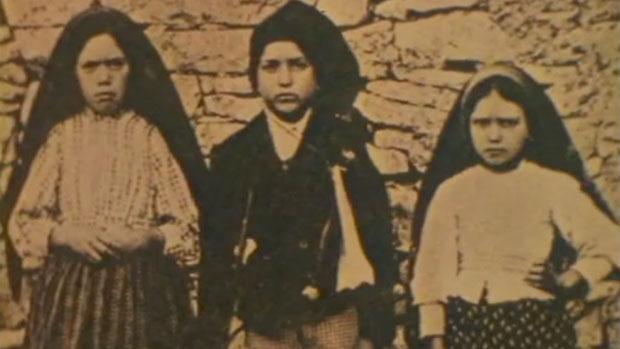
At that moment, the image of the most holy Theotokos appeared to them, which according to them, shone brighter than the sun. When the children told the adults about it, no one believed them, but the miracle was repeated on the 13th of each month until October. The last and sixth phenomenon appeared on October 13th. In 1917 70,000 people, including people who were skeptical about the belief and these apparitions were able to observe the phenomenon.
And the solar miracle of Fatima appeared to the whole crowd: the sun “danced” in the sky in circles, then became completely black for several minutes before returning to its place. The next day Portugal learned that several cripples who had seen the Mother of God had been miraculously healed …
When a temple was built on the site of the phenomenon in 1944, the sick and maimed began to come to it from all over Portugal. In a special place near the basilica, parishioners bring wax body parts (stomachs, heads, liver, legs …) in the hope of healing. According to the Catholic tradition, the pilgrim must go to the temple and kneel down.
The Virgin Mary gave the children three prophecies. In the years that have passed since these events, the predictions of the Virgin have been repeated: the atheistic era of socialism began in Russia, the world was shaken by the horrors of the Second World War and the coalition of pro-communist states collapsed.
Amazing chronological chains are associated with the dates of the events of the Mother of God of Fatima. For example, the attempt on the life of Pope John Paul II took place on the anniversary of his first apparitio. The miraculous healing of the Pope was another confirmation of the predictions of 1917.
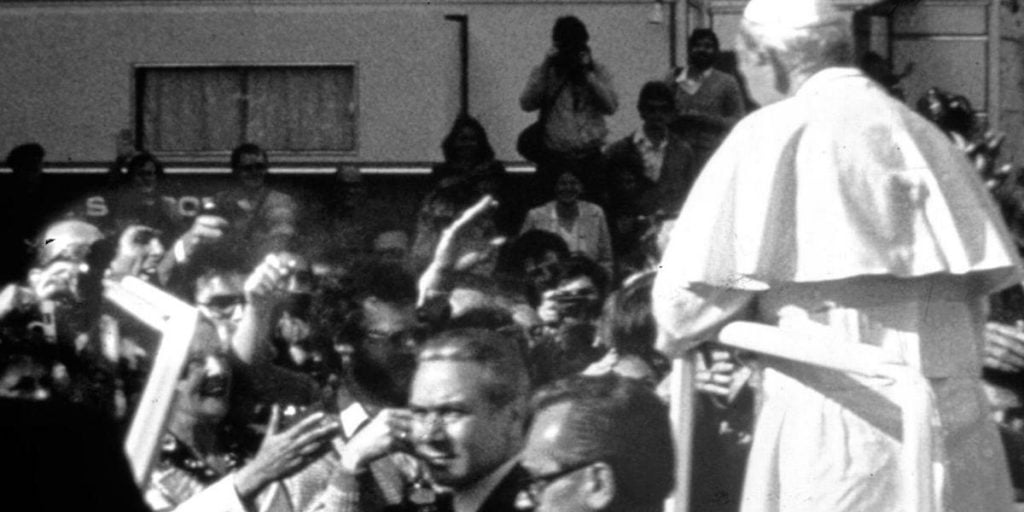
Professor Kruchitti, who operated on him, said a 9mm bullet pierced the Pope’s body, improbably bypassing all vital organs as if an invisible hand were guiding him: the bullet was placed a few millimetres from the main aorta, the damage to which resulted in instant death.
“It was a real miracle and I know who to be grateful to. One hand pointed the gun and the other changed the orientation of the bullet,” said John Paul II himself.
On 25 March 1984 in St. Peter’s Square in Rome, in front of the statue of the Mother of God brought from Fatima, John Paul II, in union with the bishops of the whole world, dedicated to Russia and to all humanity the Most Holy Heart of the Blessed Virgin, in response to the request of the Mother of God of Fatima.
Related Articles
- Guided tours of Lisbon: my selection
Ahhh Lisbon! The Portuguese capital is attracting more and more tourists and although I…
- Visit Obidos in Portugal
A former colony of Portugal, Obidos is a village located on the Atlantic coast…
- Visit Ericeira
Ericeira is a small town in Portugal, full of charm and located only 50…
- Discover Fado in Lisbon
Fado in Lisbon: 5-star discovery Before immersing yourself in the history of Fado and…



